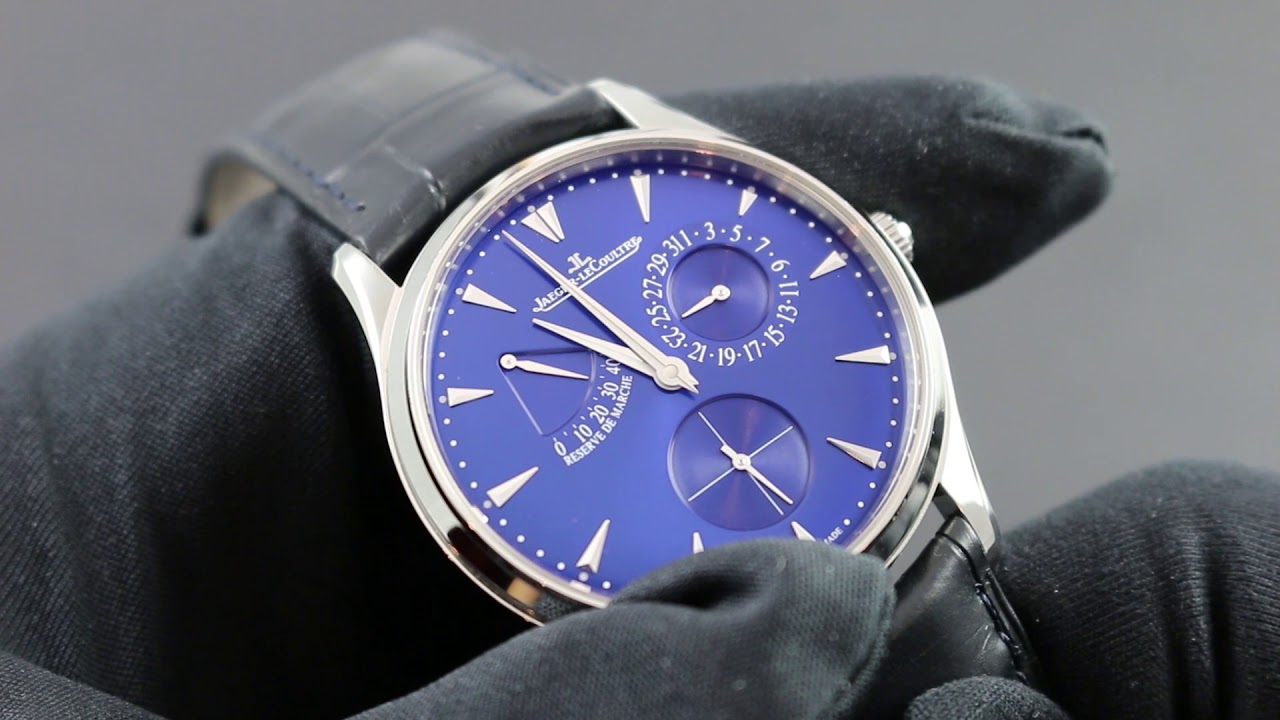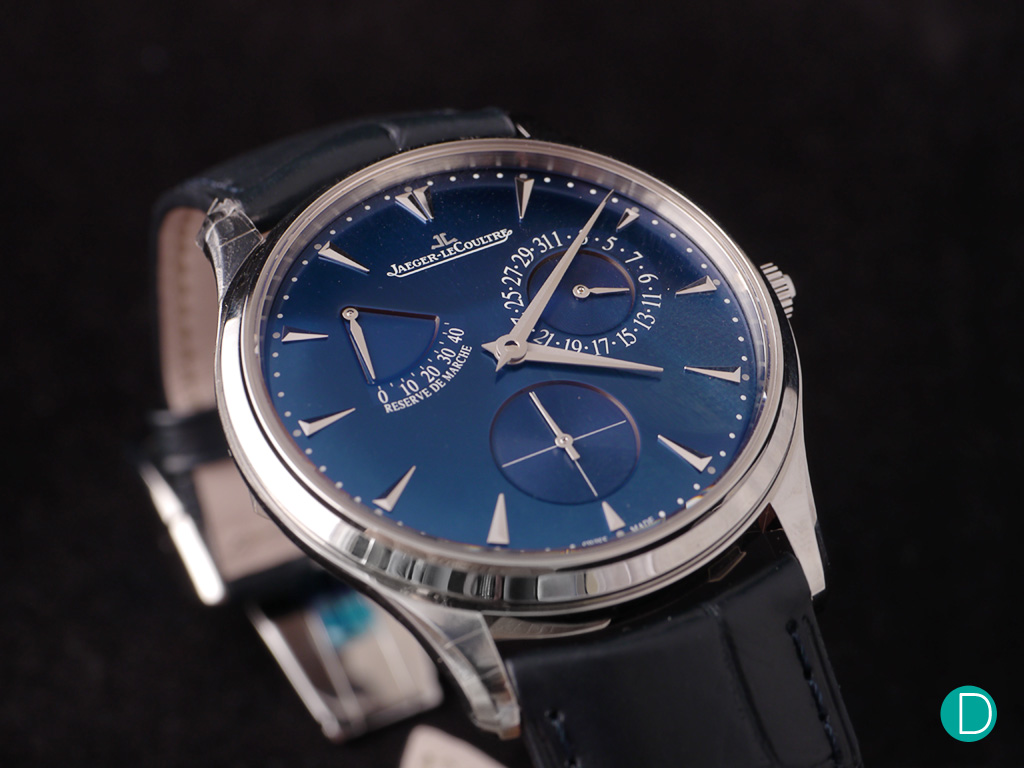My Little Adventure with the JLC ‘Reserve de Marche’
So, I got myself this Jaeger-LeCoultre watch a while back. A really nice piece, felt great on the wrist. It had this little indicator on the dial, labeled ‘Réserve de Marche’. Looked kinda cool, but honestly, I didn’t pay it much mind at first. Just another fancy detail, I thought. Figured it was one of those things that just, you know, worked itself out. Boy, was I in for a lesson.

I’d wear it on and off. Sometimes for a few days straight, then maybe I’d switch to another watch, or just forget to put it on if I was bumming around the house. I knew it was an automatic, supposed to wind itself with my arm moving. Sounds easy enough, right? Like it just takes care of itself.
That One Morning…
Then came this one particular Monday. Had a really important meeting first thing. Got dressed, grabbed my briefcase, slid the JLC onto my wrist. Glanced at it for the time and – nothing. The hands were just stuck. Stone cold dead. I was completely thrown. My fancy, expensive watch, just decided to take a nap on the day I absolutely needed it. Talk about bad timing! I ended up yanking out my phone to check the time, feeling like a real idiot for relying on something that just quit on me.
Later that day, after the chaos, I was fiddling with the watch, trying to figure out what went wrong. And then I properly looked at that ‘Réserve de Marche’ dial. The little hand? It was pointing straight down to zero. Or ’empty’, if you wanna put it that way. It finally dawned on me. That thing wasn’t just for show.
Figuring Out the ‘Fuel Gauge’
I started looking into it, asking around a bit. Turns out, that ‘Réserve de Marche’ is basically a fuel gauge for your watch. Just like the one in your car! It shows you how much ‘wind’ or power is left in the mainspring. When it’s full, on this particular model, it can go for a good while, maybe something like 70 or 80 hours, I heard. But if you don’t wear it enough for the automatic winding to do its job, or if you leave it sitting in a drawer for too long, that reserve just ticks down. Tick, tick, tick… until it’s empty. And then your watch stops. Simple as that, really.
It wasn’t broken. It was just… out of gas. And I’d been ignoring the gauge telling me I was running on fumes. I’d basically let the mainspring unwind completely because it hadn’t gotten enough motion from my wrist lately. Some of these watches, you can also hand-wind them to top up the power, which I learned was a good idea if it’s been off the wrist for a day or two.

Living With It Now
So, that was my practical lesson. Now, I actually pay attention to that little dial. If I see it dipping low, and I know I might not wear it the next day, I give it a few winds. Or I make sure to wear it if I want it running. It’s become a bit of a habit. It’s not a hassle, really, once you get what it’s for. It’s actually pretty useful, lets you know where you stand.
It’s funny, you get these complex machines, and sometimes you forget they need a little bit of understanding, a little bit of managing. They don’t just run on magic. So yeah, that’s my story with the JLC ‘Réserve de Marche’. A small thing, but it taught me to look a bit closer. Definitely a feature I appreciate now, even if I had to learn it the hard way.

